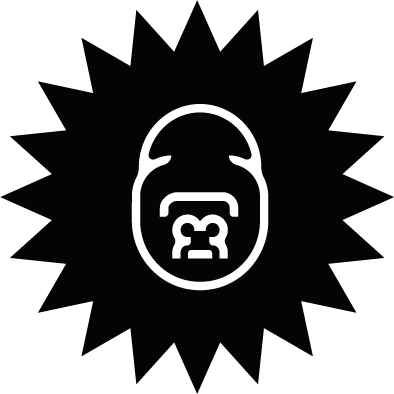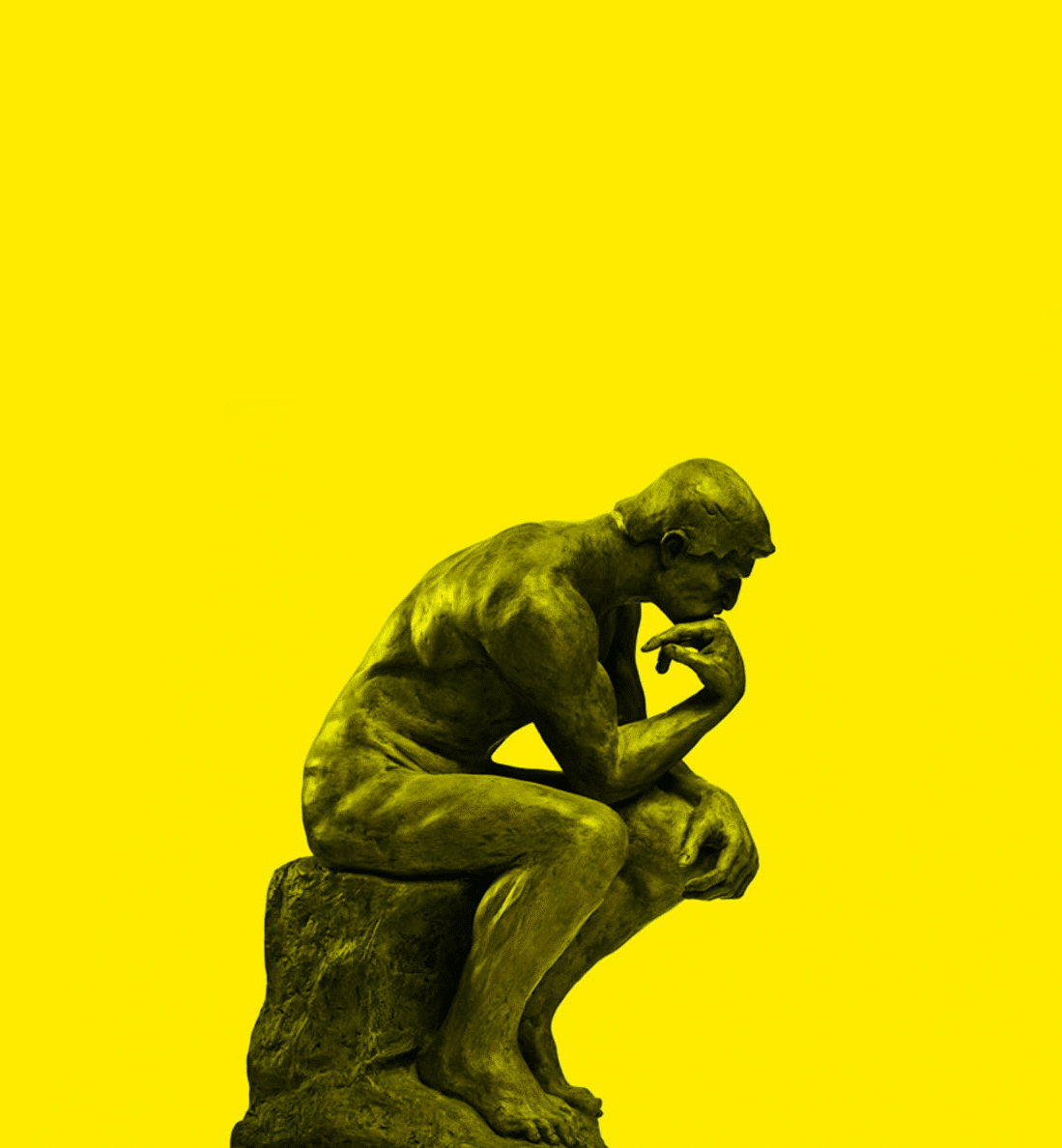In order to build a successful brand, it’s important to carefully consider every aspect of your business from the product you’re actually selling to the way in which it’s packaged.
If a consumer isn’t aware of your company, it may be that the first time they come into contact with you is when they see your product packaged on the shelf. Which is why we thought it would be helpful to outline the packaging process.

Packaging Design: Research and evaluation
A designer will either ask you to provide JPEGs, PDFs or web links to your competition’s packaging design or they’ll visit retail stores and outlets themselves to take photos of the aisle in which your product will be displayed. Then they’ll analyse the colour scheme of the entire category and decide whether there’s a gap your product can own. In order for consumers to notice your product, your packaging needs to stand out against your competitors. It’s also vital that you assess the competition so you can make sure you’re not imitating someone else’s design – as doing so could lead to a very expensive lawsuit. In this stage of the packaging design process, the designer will also study and evaluate who your customers are and decide how you can capitalise on any niche in your brand category that’s not being met to its full potential.

Packaging Design: The initial design
Based on an understanding of your goals, objectives and target market, as well as the research and evaluation of competitive retail packaging, your designer will choose the Pantone Matching System (PMS) colours for your packaging design. They will then choose potential imagery, graphics and fonts that are appealing, distinctive and not too similar to those of your competitors. During this phase they may use stock photos or illustrations as placeholders, however ultimately these should be original photographs or illustrations you own the rights to in order to avoid trade dress infringement problems. For the same reason, they’ll usually make design adjustments to fonts to make the typeface unique to your brand; especially when it comes to logo design.

Packaging Design: Options, alternatives, revisions and changes
Your packaging design will be refined based on your opinions as well as on any feedback from people you show the designs to. It may be a bit more pricey, but the most effective way of getting feedback is through consumer research. Testing your designs with a focus group made up of retail buyers and consumers who are likely to be interested in your product is a great way to get non-biased opinions. The best way to test is to create realistic mock-ups of the packaging design so that people can touch, open and test it. Larger companies with more at stake might want to test multiple variations of multiple designs with different colours, shapes and elements, as just a 1{44cca7f4264e26d874f0729c4a6201195eadd2d9005d407f79af304836415e4e} change in a package design can dramatically increase or decrease sales.

Packaging Design: Production
Once the final design has been approved, the designer will then create the final artwork and communicate with the printer to finalise quantities and ensure all specifications are met. For the first printing at least, a press check is usually suggested, which means either you or the designer will visit the printer and approve the printing on press to ensure it’s exactly as you want it to be.
Note: Other things to consider during the packaging design process include adhering to legal rules and regulations – especially when it comes to food and cosmetics products – and developing a dieline, which is a very specific engineering file that tells the designer and the manufacturer the exact measurements, folds and die cuts of your package design.
Gorilla help companies create irresistible packaging. Get in touch here
(Illustration by Nick Farnworth, Gorilla)

